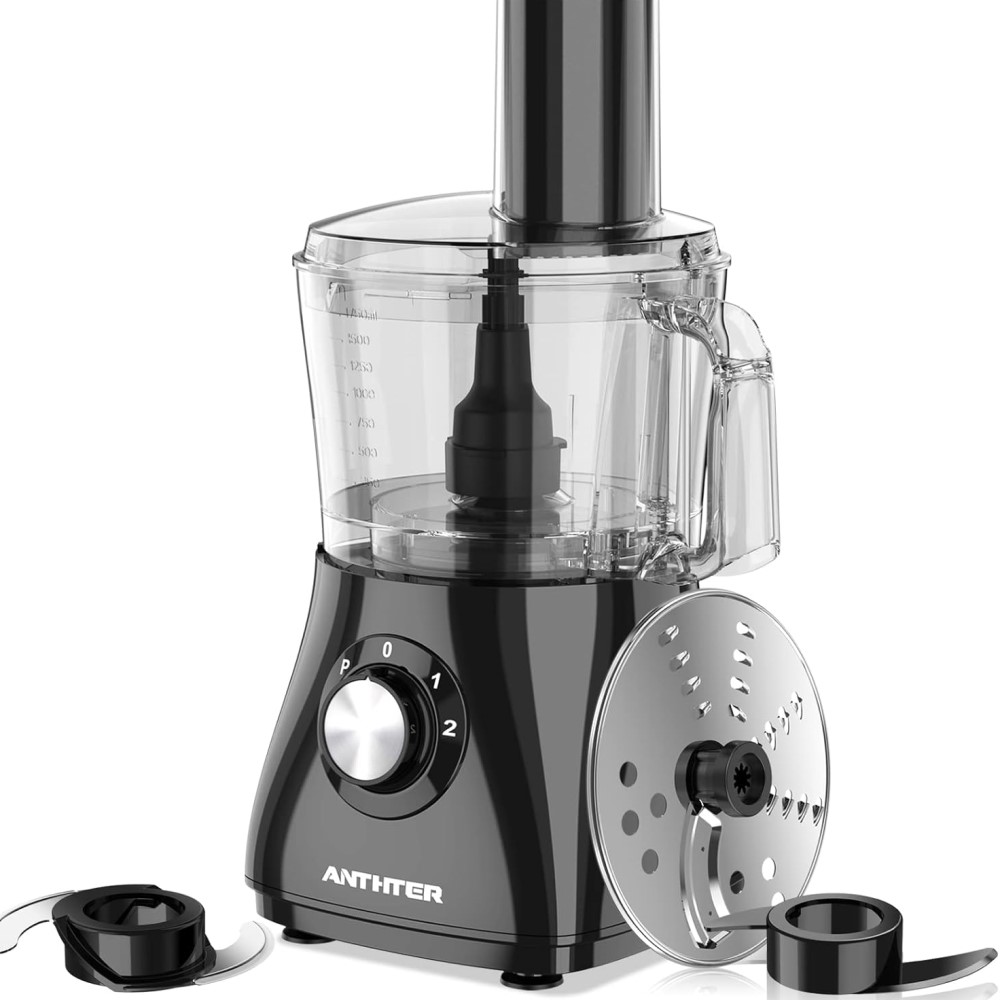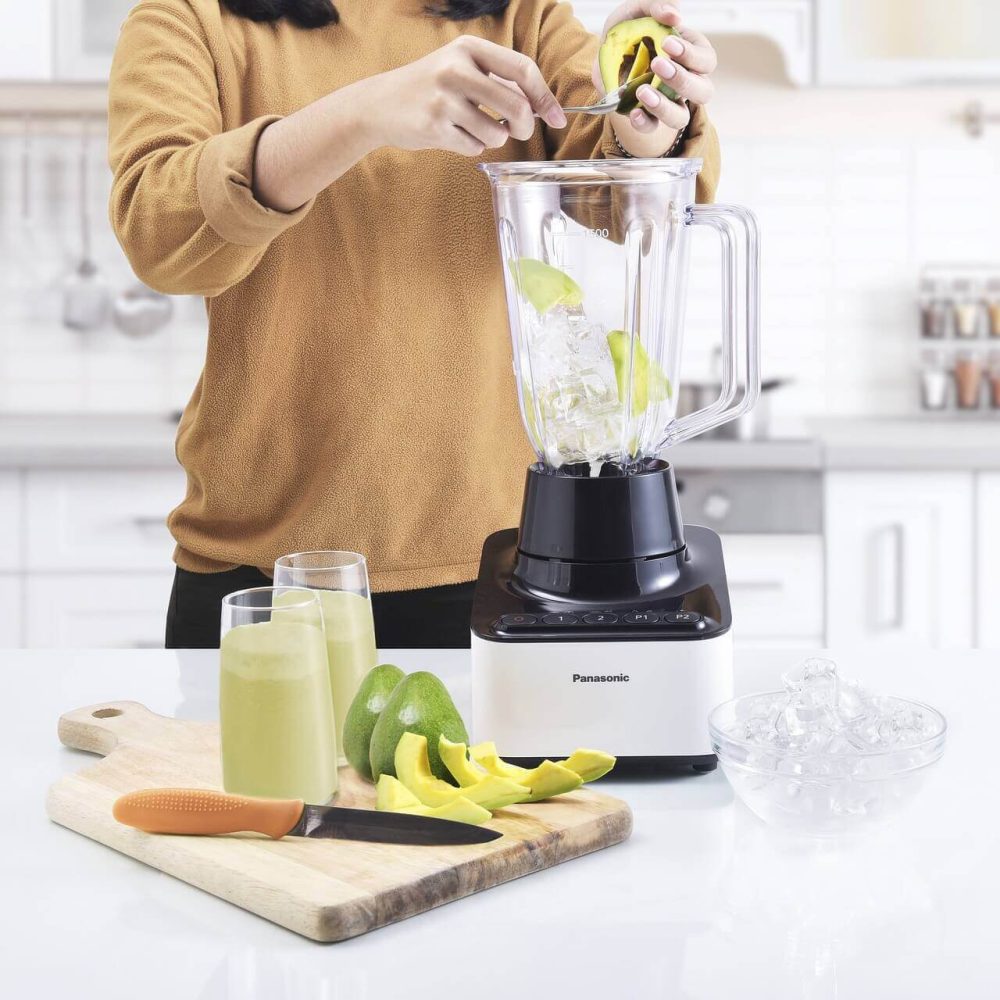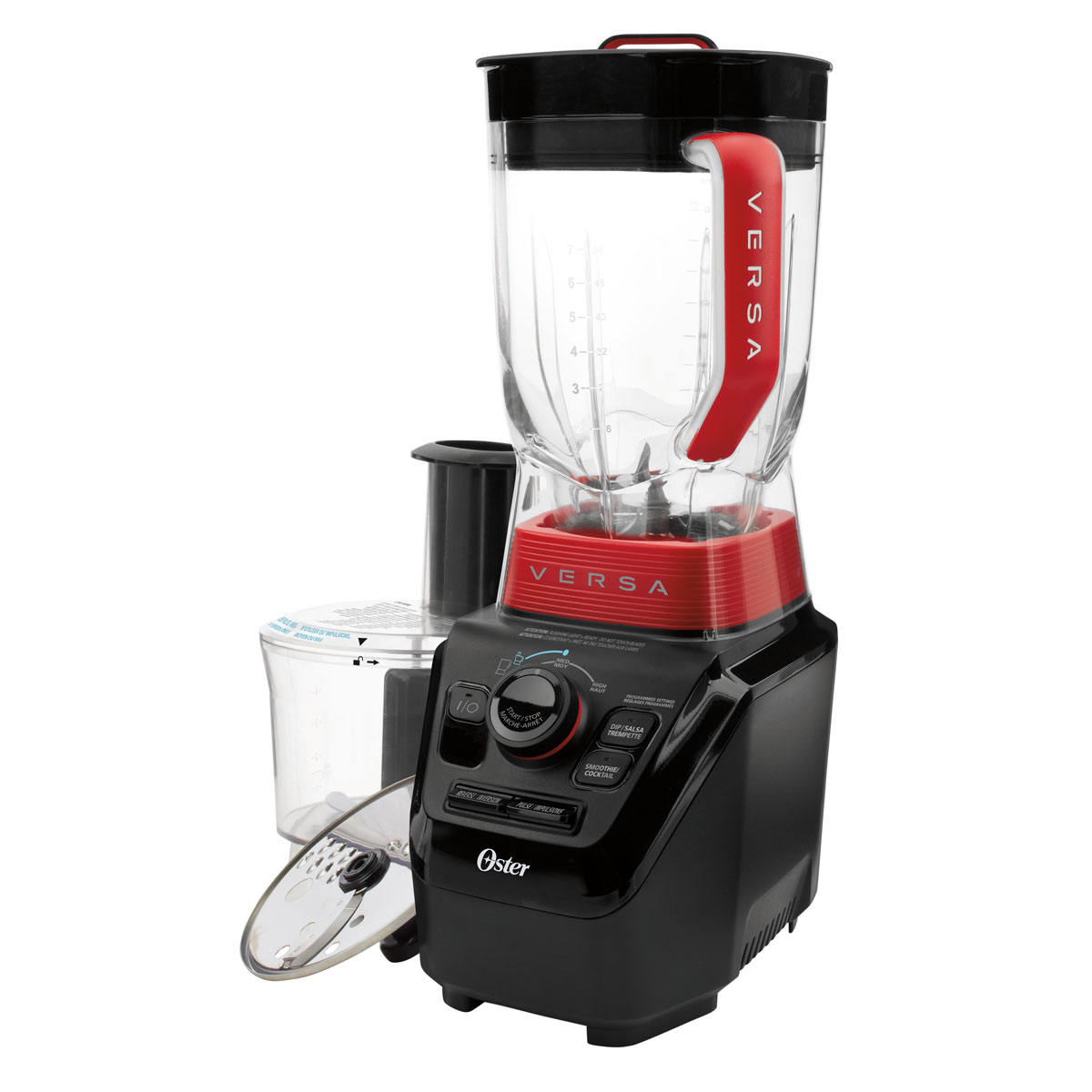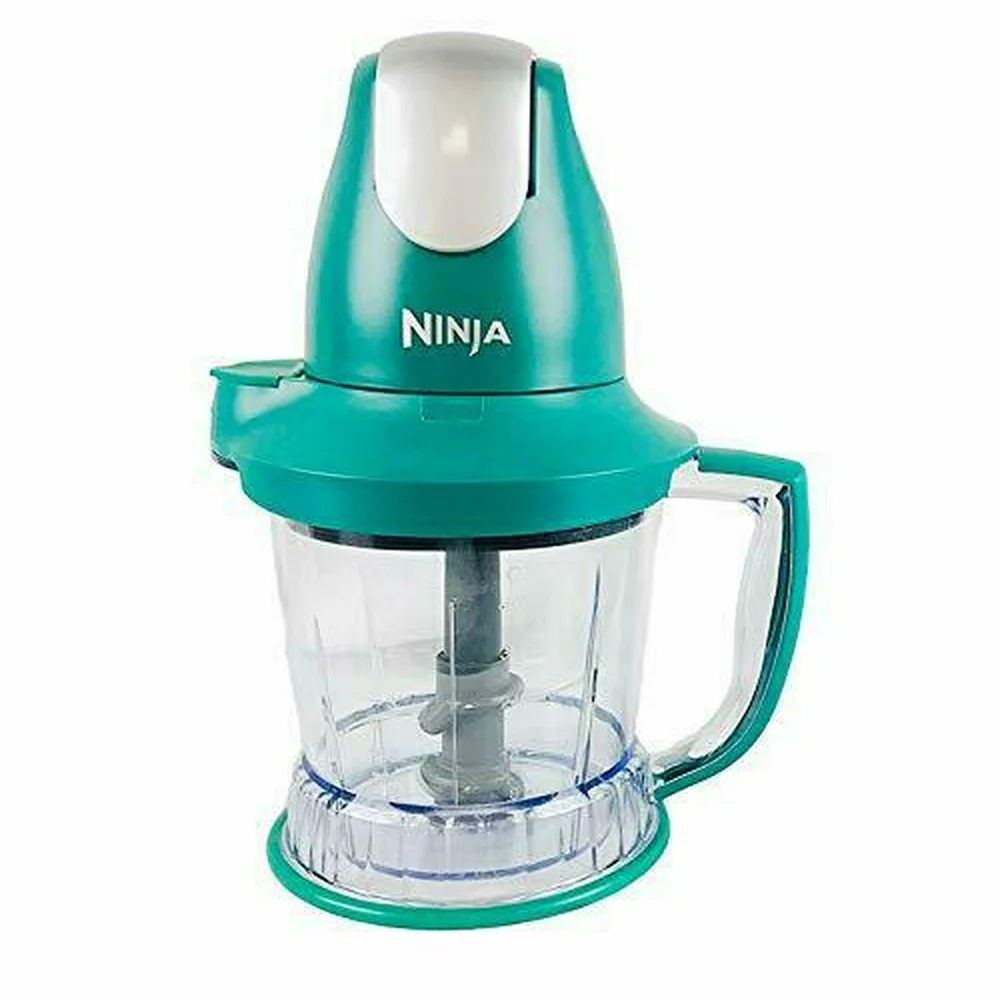
The Benefits of Using a 7-Cup Food Processor in Your Kitchen
A 7-cup food processor is a versatile kitchen appliance. It can simplify many cooking tasks. Here are key benefits of incorporating this handy tool into your kitchen routine:

- Time-Efficiency: A 7-cup food processor can chop, slice, and shred ingredients much faster than doing it by hand. This saves you time, especially when preparing large meals.
- Consistent Results: Whether you’re chopping veggies or making purees, this appliance delivers uniform results every time. This consistency is essential for quality dishes.
- Versatility: From doughs to dips, a 7-cup food processor can handle various tasks. You can make pie crusts, salsas, and many other recipes with ease.
- Easy to Use: Most models have intuitive controls and settings. Even beginners can master them quickly.
- Compact Size: The 7-cup size is perfect for most households. It’s large enough to handle a variety of tasks but small enough to store easily.
- Energy Efficient: Compared to larger models, a 7-cup food processor uses less electricity. This makes it a more eco-friendly option for your kitchen.
Incorporating a 7-cup food processor into your kitchen will not only enhance your cooking skills but also make meal prep a more enjoyable experience.
Essential Features to Look for in a 7-Cup Food Processor
When shopping for a 7-cup food processor, certain features are non-negotiable to ensure you get the best value and performance. Here’s what to look for:
- Powerful Motor: A robust motor ensures your processor can handle tough tasks like kneading dough or grinding nuts without overheating.
- Durability: Look for sturdy construction and quality materials that promise a long-lasting appliance.
- Multiple Speeds: Variable speed options offer control over the texture of your food – from coarse chopping to fine puréeing.
- Pulse Function: This feature gives you a burst of power for quick, precise processing, and helps prevent over-processing.
- Blades and Discs: Sharp, stainless steel blades and a variety of discs are key for slicing and shredding versatility.
- Safety Features: A secure locking system for the bowl and lid, nonslip feet, and overheating protection add to the safe operation.
- Ease of Cleaning: Removable parts that are dishwasher-safe will save you cleaning time and hassle.
- Compact Design: Although the 7-cup size is already space-saving, a sleek design will make it easier to fit on your counter or store away.
- Warranty: A good warranty can give you peace of mind, protecting your investment against any malfunctions or defects.
Choosing a 7-cup food processor with these essential features will help streamline your kitchen tasks and meal prep, making it a helpful ally in your daily cooking ventures.
Step-by-Step Guide to Using a 7-Cup Food Processor
Getting the most out of your 7-cup food processor involves a few simple steps. Follow this guide to ensure you’re using your appliance efficiently and safely.
- Read the Manual: Before you start, read the user manual. It helps you understand your appliance’s specific parts and functions.
- Assemble Correctly: Fit the bowl onto the base and lock it in place. Attach the blade or disc you need for your recipe.
- Prep Ingredients: Cut food into even-sized pieces. It ensures even processing and protects the blades.
- Use the Lid: Place the lid securely on the bowl. Make sure it’s locked before turning on the machine.
- Start Processing: Choose the correct speed setting for your food type. Use the pulse function for better control.
- Don’t Overfill: Avoid filling the bowl to the top. Overloading may reduce efficiency and result in uneven processing.
- Monitor Consistency: Check the food’s texture regularly. Stop processing when it reaches the desired state.
- Safely Remove Contents: After use, turn off and unplug the processor. Carefully remove the blades before taking out the processed food.
By following these steps, you’ll harness the full potential of your 7 cup food processor. Remember to be patient as you learn and always prioritize safety.
Top Recipes to Make with a 7-Cup Food Processor
Owning a 7-cup food processor opens up a world of culinary possibilities. It’s time to put this kitchen wizard to the test with some delicious recipes. Here are top picks that showcase the versatility of your food processor:
- Homemade Hummus: Combine chickpeas, tahini, lemon juice, and garlic for a creamy dip.
- Pesto Sauce: Blend basil, pine nuts, Parmesan cheese, and olive oil for a fresh Italian sauce.
- Salsa: Pulse tomatoes, onions, cilantro, and peppers for a quick and zesty appetizer.
- Pie Crust: Mix flour, butter, and water to create a flaky base for all your pie dreams.
- Energy Balls: Process dates, oats, nuts, and seeds for a healthy snack on the go.
- Soup Puree: Whip up a smooth vegetable soup that warms the soul.
- Shredded Salad: Shred cabbage, carrots, and other veggies for a crunchy salad in minutes.
With your 7-cup food processor, these recipes become simple and fun to make. Remember to add ingredients gradually and use the pulse function for better control. Happy cooking!
 Cleaning and Maintenance Tips for Your 7-Cup Food Processor
Cleaning and Maintenance Tips for Your 7-Cup Food Processor
To keep your 7-cup food processor in top shape, regular cleaning and maintenance are crucial. Here’s how to ensure longevity and peak performance:
- Unplug Before Cleaning: Always disconnect the power. This step ensures your safety while cleaning.
- Dismantle Parts: Remove the blades, bowl, and lid. Each part needs individual attention.
- Blade Care: Hand-wash the blades with care. Use warm, soapy water to avoid injury and maintain sharpness.
- Wash Removable Parts: If dishwasher-safe, place parts on the top rack. For hand-washing, use a mild detergent.
- Dry Thoroughly: After washing, dry each piece completely. This prevents mold and keeps the parts in good condition.
- Wipe the Base: Use a damp cloth to clean the motor base. Avoid soaking any electrical components.
- Regular Checks: Inspect for any wear or damage. Replace parts as needed to avoid malfunctions.
- Store Correctly: Keep the processor in a dry, safe place. A cupboard or shelf works well. Assemble it fully to prevent loss of parts.
By following these simple tips, you will extend the life of your 7-cup food processors. Regular maintenance also ensures that it remains a reliable tool for your meal prep needs.
Comparing Popular 7-Cup Food Processor Models
When selecting a 7-cup food processor, it helps to compare some favored models. They may look similar, but features can differ greatly. Here are points to examine when comparing processors:
- Motor Strength: Check for a powerful motor that promises durability and efficiency.
- Speed Settings: Look for models with multiple speed options. They offer versatility in food preparation.
- Capacity: Confirm the actual usable capacity. It should align with the 7-cup volume advertised.
- Design and Build: Evaluate the design for ease of use and cleaning. A sturdy build is a good sign of longevity.
- Included Accessories: Some models come with extra blades or discs. These can enhance your food prep experience.
- Safety Features: Essential safety features include a locking system and nonslip feet. They ensure a secure operation.
- Warranty and Support: A more extended warranty can mean greater confidence in the product. Consider the manufacturer’s customer support reputation.
- User Reviews: Look for consistent positive feedback from other users. It often reveals real-world performance.
- Price: Compare prices but consider the value that added features bring to the table.
By looking at these factors, you can weigh each model’s pros and cons. This comparison helps you find the balance between price and performance. And you ensure you get a 7-cup food processor that meets your needs.
Accessories and Attachments for Enhanced Functionality
When you invest in a 7-cup food processor, you have a suite of culinary tools at your fingertips. But to really leverage its potential, consider these additional accessories and attachments:
- Extra Blades: A variety of blades can perform tasks like fine or coarse chopping and grating, offering more precision in your meal prep.
- Dough Blade: If you love baking bread or pizza, a dough blade can make kneading simple and efficient.
- Egg Whip: This attachment makes whisking eggs or cream quick and effortless, ensuring fluffy omelets and divine desserts.
- Citrus Press: Freshly squeezed juice is a breeze with a citrus press, perfect for a healthy breakfast or zesty recipes.
- Julienne Disc: Achieve matchstick-like cuts for vegetables with a julienne disc, adding flair to your salads and stir-fries.
- Spindle Attachments: Spindles can extend the use of your processor to grinding spices or making nut butters.
With these attachments, your 7-cup food processor becomes a more versatile partner in the kitchen. They can save time, offer new techniques, and open up a range of recipes. Just make sure to buy the right attachments compatible with your model and get ready to explore new culinary adventures.
 How to Choose the Perfect 7-Cup Food Processors for Your Needs
How to Choose the Perfect 7-Cup Food Processors for Your Needs
Choosing the right 7-cup food processor demands attention to detail. Keep these tips in mind to select the best fit:
- Assess Your Cooking Needs: Think about the dishes you often make. Aim for a processor that caters to those recipes.
- Consider the Size and Weight: Make sure the food processor fits well in your kitchen space and is easy to move.
- Check for Power and Speed: A strong motor and varied speed settings will handle diverse tasks well.
- Look at Blade Quality: High-quality blades stay sharp and make for precise cutting and mixing.
- Ease of Cleaning: Opt for removable, dishwasher-safe parts to ease the cleanup process.
- Read Reviews: What do others say? Positive reviews can guide you to trusted models.
- Price Point: Balance the cost with the features you truly need. Avoid paying for extra functions you won’t use.
- Warranty and Brand Support: Choose brands that offer good support and a solid warranty period.
Aim for a balance between quality, features, and price. The best 7-cup food processor will meet your kitchen needs and last for years. Happy shopping!





 Recipe Ideas: Best Uses for Food Processors
Recipe Ideas: Best Uses for Food Processors

 Key Differences: Capacity, Functionality, and Size
Key Differences: Capacity, Functionality, and Size

 Factors to Consider When Choosing Between a Food Processor and Blender
Factors to Consider When Choosing Between a Food Processor and Blender Conclusion: Making the Right Choice for Your Kitchen Needs
Conclusion: Making the Right Choice for Your Kitchen Needs

 Immersion Blender: The Convenient Pureeing Tool
Immersion Blender: The Convenient Pureeing Tool

 Tips for Maintaining and Cleaning Your Hybrid Appliance
Tips for Maintaining and Cleaning Your Hybrid Appliance

 Creating Healthy Meals with a Food Processor
Creating Healthy Meals with a Food Processor

 Practical Uses and Recipes
Practical Uses and Recipes

 When to Opt for a Mini Food Processor
When to Opt for a Mini Food Processor